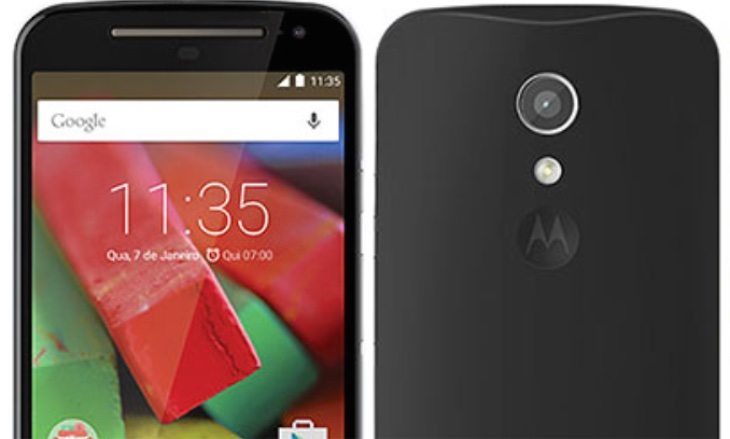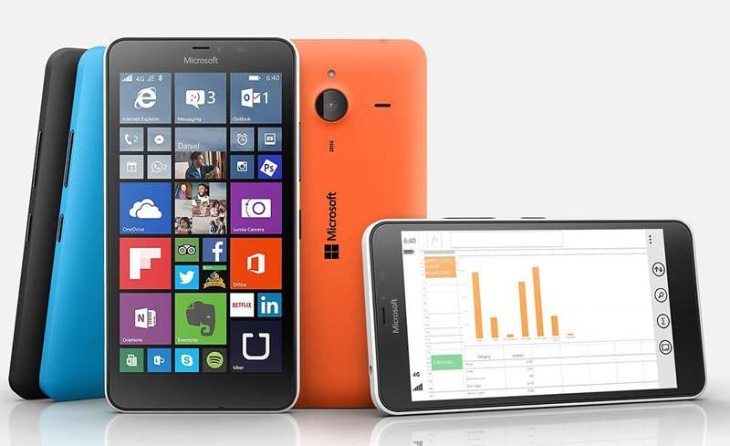Moto G 2nd gen vs Lumia 640 XL

The Motorola Moto G is an extremely popular device and this month the company released a 4G LTE version of the second-generation Moto G. Microsoft also announced the Lumia 640 XL LTE that is heading for a release in April. Both phones are not too far apart in pricing so today we’re looking at the Moto G 2nd gen vs. Lumia 640 XL in a specs showdown.
Before we begin we’ll point out that both of these phones are also available in non-LTE variants, but for the purposes of pricing in this comparison we’re considering the 4G LTE models. One of the major differences is the operating platforms as the Moto G 2nd gen is an Android smartphone while the Lumia 640 XL is a Windows Phone handset. If you’re open to either platform though, then the specs will probably decide it for you.
Processors
It begins as a tie as both the Moto G 4G LTE 2nd gen and Lumia 640 XL LTE have a 1.2GHz Snapdragon 400 quad-core processor and Adreno 305 graphics.
Display
The Moto G has a 5-inch IPS LCD display with resolution of 1280 x 720 and 294 ppi. The Lumia 640 XL has a 5.7-inch IPS LCD display with 1280 x 720 resolution resulting in 259 ppi.
RAM and Storage
Both handsets have 1GB of RAM and 8GB of internal storage. However, the 2nd gen Moto G has expandable storage via microSD to 32GB whereas the Lumia 640 XL has expandable storage to 128GB.
Camera set-up
The Moto G has an 8-megapixel rear camera with autofocus, LED flash and 720p video capture, as well as a 2-megapixel front-facing unit. The Lumia 640 XL has a 13-megapixel rear camera with autofocus, LED flash, and 1080p video capture, and a 5-megapixel front-facing camera.
Battery
The Moto G has a non-removable 2390 mAh battery while the Lumia 640 XL has a removable 3000 mAh battery.

Connectivity
Both phones support 4G LTE, 3G, WiFi 802.11 b/g/n, WiFi hotspot, Bluetooth 4.0, GPS, and microUSB. As well as this the Moto G has WiFi Direct while the Lumia 640 XL has DLNA support.
Operating System
The Moto G runs Android 5.0.2 Lollipop and the Lumia 640 XL runs Windows Phone 8.1 with the Lumia Denim update.
Dimensions and Weight
The Motorola handset measures 141.5mm x 70.7mm x 11mm and weighs 155g. The Microsoft Lumia phone measures 157.9mm x 81.5mm x 9mm and weighs in at 171g.
Price
Pricing varies according to regional markets and retailers. As a guide we’ll give you the unlocked UK pricing from a well-known online retailer. The Moto G 4G (2015) is priced at £155 while the Microsoft Lumia 640 XL LTE is priced at £185.
There are some different factors to take into account here, asides from the fact that the operating platforms offer different user experiences. The Lumia 640 XL has several benefits over the Moto G 2nd gen, as it has a larger display, a higher level of expandable storage, better camera capabilities, and a higher capacity battery. It’s also the slimmer of the two phones despite its larger size overall.
However, the Moto G 2nd gen is a bit cheaper and some might appreciate its smaller size as not everybody wants a phone with a larger display. It also has higher display ppi, again because it has a smaller screen, and it’s the lighter of the two. Buyers will need to consider what’s most important to them in a smartphone, how much they want to pay, and the designs, before making a final decision. We’ll also point out that both of these phones are also available in dual SIM models.
It would be good to hear from readers trying to choose between these two handsets. Considering all of the above, is your preference the Motorola Moto G 4G 2nd gen or the Microsoft Lumia 640 XL LTE? Do send your comments to let us know.

Comments
4 thoughts on “Moto G 2nd gen vs Lumia 640 XL”
Moto G 4G Second Gen only supports 1 SIM, not 2 !!!!. Confirmed by Motorola UK and on their website. 3g version supports dual SIM. Why when there is a dual sim version in Brazil and other countries.
No you are wrong.i am using moto g 2 gen with 2 sim cards
I believe the 2 sim version is not 4g. I bought the moto g last week, 1 sim only and 4g. Moved from a Windows phone. I prefer the windows platform and it is catching up all the time with apps but android still ahead with compatibility with peripherals etc. Both good phones.
I like windows phonez, is very fun in way to play wit dat phonez